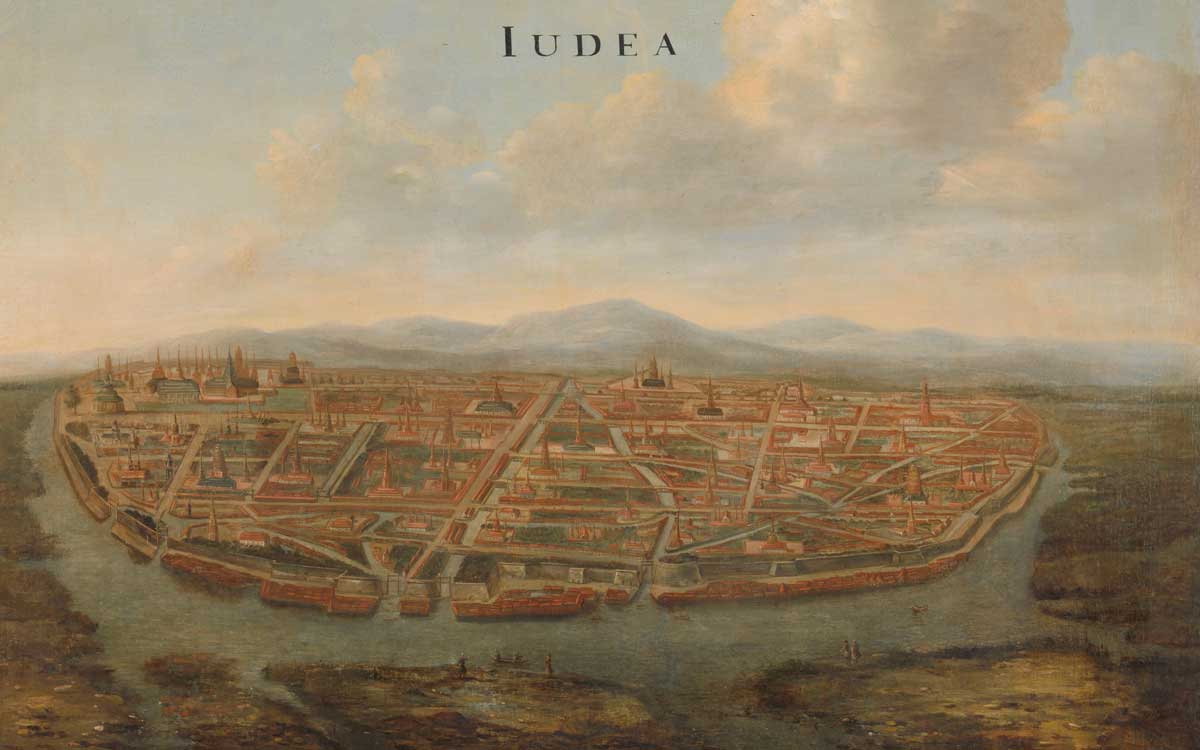Constantine Phaulkon: The Greek Dictator of Siam
Constantine Gerakis, c 1648-88, better known as Phaulkon, was an exemplar of Europe's burgeoning influence in Asia in the seventeenth century. He played the role of intermediary between the representatives of the European powers and King Narai of Siam with great success, argues Robert Bruce, but paid for eventual failure with his life.

French enterprise in Siam in the seventeenth century began when Bishop Lambert de la Motte of the newly-founded Socières arrived in Ayuthia, the capital, in 1662. Commercial, political and military endeavours came a little later, in the train of Christian evangelism, under the vigorous direction of Colbert, Louis XIV's brilliant minister. And when, in 1685, Louis's ambassador, the Chevalier de Chaumont, bowed before the King of Siam, Pra Narai, in order to conclude a military and trading alliance, his first objective was to convert the King to Christianity.





